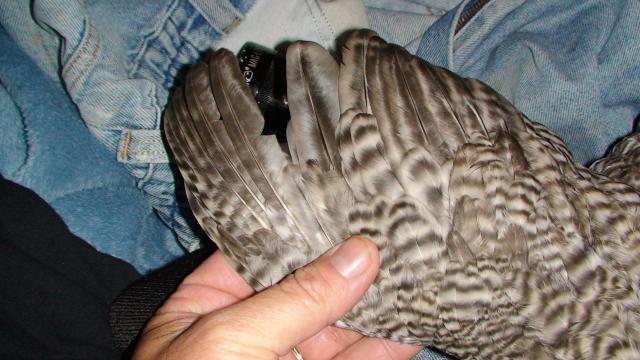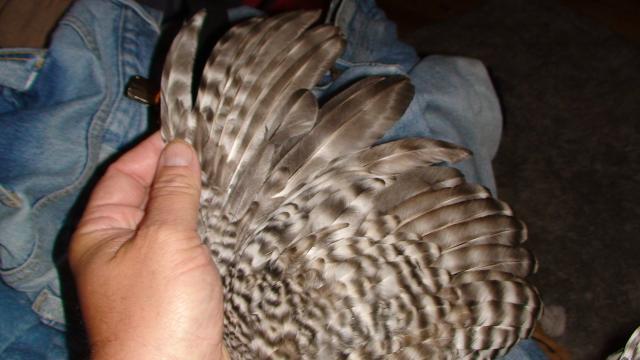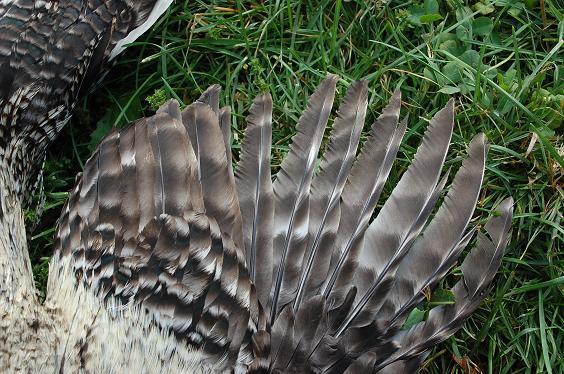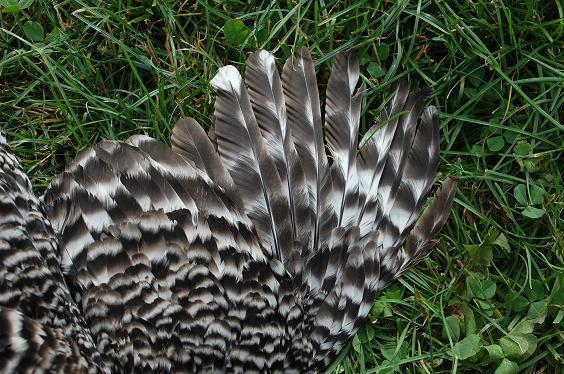Recently I crossed two barred breeds, American dominique from Privett Hatchery stock, and California grey. Hens were dom and roosters were California grey. Male offspring as expected with barring pattern of 2/3 light grey alternating with 1/3 dark grey. Female offspring were different than expected. As predicted barring pattern is 1/2 light grey alternating with 1/2 dark grey but bars are very narrow giving a ringed effect like that of a barred rock. Slow feathering gene if were operating to should only be expressed in males. If interest in this noted, then I will provide photographs.
I have repeated cross using same California grey rooster bred to two groups of dominique hens, each dom group different from each other and first group.
I have repeated cross using same California grey rooster bred to two groups of dominique hens, each dom group different from each other and first group.
Last edited:











